Seven cardinal sins of sandbox games
Open worlds are currently all the rage in the AAA segment, but nobody seems to be doing too much to expand the known formulas. Most studios seem to fail at the task, and instead of making captivating and coherent worlds, they repeat the same mistakes.
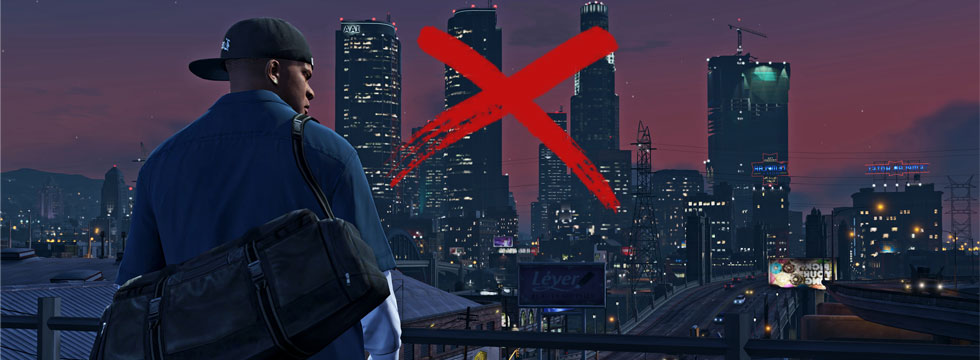
Sandboxes – or open-world games – seem to have assumed control of the triple-A segment for good. Each publishing powerhouse has at least one big, open-world series in their catalogue. Then we have game series, which have always been linear, but are now jumping on the bandwagon one by one, riding towards vast areas begging to be explored.
But that’s just an illusion, and I’m fed up with it. With each new, painfully formulaic sandbox, it becomes more and more obvious that a huge map and heaps upon heaps of additional activities isn’t enough to sustain the players’ interest for longer than a couple hours. Making a good linear game is challenging, but making a captivating sandbox has proven to require as much knack, aptitude and time – if not, in fact, more. Most studios, however, are apparently lacking in these areas, repeating the same mistakes time and time again.
Sin #1 - Collectibles
Nailed it: Grand Theft Auto III, Grand Theft Auto Vice City
Blew it: the Assassin’s Creed series
Ok. So there’s this vast expanse of land – our realm has some cool landmarks, different biomes, and is otherwise pretty neat. How do devs encourage us to explore? Why not try collectibles – all kinds of items scattered all over the world under random bushes and in abandoned shacks. They worked just fine at the very beginning of 3D action games featuring open worlds, back when Rockstar North was the trailblazer and set the example for everyone else.
In GTA III there were one hundred packages to be found in Liberty City. Some were hidden in plain sight while others required some digging. There were no hints that would make catching them any easier. None at all – and that imposed a certain awareness of the game world from the players, who had to carefully peruse every square feet of the map if they didn’t want to use a solution. This sounds painstaking, but the point was that with each 10 packages, the players gained access to more powerful weapons – and weapons was something that everyone wanted more of in this game. Hence, the collectibles felt more significant and meaningful. Things were pretty similar in the next installment, Grand Theft Auto: Vice City – looking for collectibles was fun, and the rewards made it worthwhile.
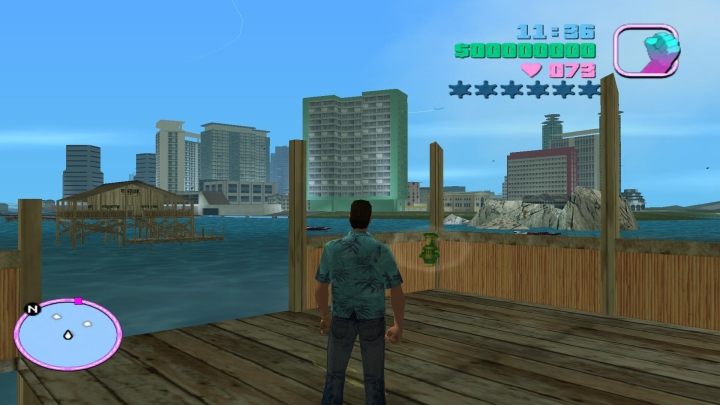
However, every new “wannabe GTA” deviated farther from that concept. The number of things to look for increased, consequently chopping the nice big reward into smaller pieces. The absurd of such a solution is pretty stark if we look at the Assassin’s Creed games – the number of collectibles has exceeded a couple hundred a few installments ago, and each of them is easily traceable on the map if you’re only willing to climb a viewpoint first. The density of collectibles is such that it’s hardly possible to ride a horse for a mile without running into a random chest or almanac. Sometimes, these are expanded with a logic or environmental puzzle to solve – only after collecting all of them is the player awarded with something really significant. The rest is just junk.
Assassin’s Creed is just an example here, but you should get the picture – this is the problem of most of these games. After all, creating meaningful items, placing them manually in locations that make sense, coming up with a proper reward and wrapping it all up in a mantle of lore that would justify the player making 3-hour detours looking for a treasure requires much more time than randomly scattering a bunch of things around the world.
Sin #2 – Side quests
Nailed it: The GTA series, the Assassin’s Creed series
Blew it: InFamous: Second Son, Just Cause III, Watch_Dogs
It goes without saying that an open-world game needs side quests. Should a developer think otherwise and decide to focus solely on the main plot, they would face a serious backlash. Mafia II is a good case in point; a game that I think didn’t deserve all the criticism it got. But I’m the type of gamer who prefers a coherent story rather than a slew of activities that are uninventive and make little sense within the game world, even if that makes a game a bit more rigid. “Quality or quantity?” – the industry seems to have a ready answer for that.
Again, we have to mention the GTA series, where the difference in quality between side and main quests is impossible to notice most of the time, as well as the Assassin’s Creed series – this time, however, in a more favorable way, since the side quests from AC II onwards have always been at least decent. Even if we had a simple assassination to complete, it was pretty engaging, seasoned with additional objectives and challenges.
Let’s talk about the latest InFamous – if you’ve done even as few as five different side quests in that game, you’ve basically done them all. The game required mad grinding if you wanted to max it. The same things had to be done over and over again, and there wasn’t much to it either. Really, I can’t tell which was less entertaining – beating up whole gangs of thugs and finding hidden cameras, or the trite mechanics of the minigames, such as “painting” graffitis with the gamepad. The lack of diversity of side activities was also something that the Arkham and Saint’s Row series suffered from, although these two did a slightly better job.
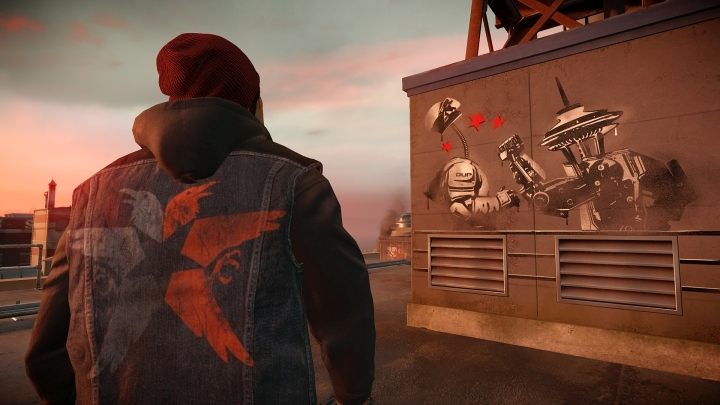
Sin #3 – Diluted plot
Nailed it: Grand Theft Auto V, Red Dead Redemption
Blew it: Metal Gear Solid V, the Assassin’s Creed series
This is arguably the greatest issue of sandbox action games. When you have to run around the city in between main quests looking for trinkets, becoming an undisputed racing champion and helping every peasant that has enough guts to mumble something about being in need of help, there may come a point in the game when you ask yourself the question: “Who are those two gentlemen, ardently arguing with the protagonist during what seems to be an important moment of the story?”. There may come a point when the answer is nowhere to be found.
That’s the thing that gets to me in the recent installments of Assassin’s Creed, where I have a hard time tracking who’s what to whom and why, except for the knowledge that there are Templars and Assassins involved. It’s also the thing that badly hurt the latest Metal Gear Solid. The plot was always the mainstay of the series, but Phantom Pain had the important sections so watered down by hundreds of side missions and dozens of main filler missions that it stripped the game of any impact and dramatism. There were short moments when the game would come back to its senses and identity, but before and after them we would have to deal with long hours of narrative wasteland.
To keep a storyline in a sandbox, a good storyline that remains engaging and memorable, you need truckloads of charismatic characters and snappy dialogues – basically, you need to be making games like Rockstar does.

Sin #4 – quick travel
Nailed it: Any game from Rockstar
Blew it: Every other sandbox
This sin is understood and dealt with perhaps only by Rockstar Games, and it’s a sin which I understood myself only recently. I have a lot more fun playing sandboxes since I did, though. Developers focus on creating vast, detailed worlds full of attractions and points of interest, then bury them under a dense quick travel network. This results in most of the players using in-game paths only once in a playthrough – unless some quest happens to lead them there once again.
There is no better exploration killer then the ability to instantly move from one end of the map to the other. If you have that, you can usually forget about stumbling upon easter eggs or random situations. It also makes you lazy as hell, prompting you to jump from one activity marker to another, ticking off subsequent points of interest. The reason why I have the street maps of GTA III and Vice City memorized is not because they were particularly memorable. I know those cities like the back of my hand because I drove their streets hundreds if not thousands of times. And neither there, nor on the gigantic island available in GTA V did I miss a quick travel option.
Thats why I try to play sandboxes without relying on quick travel. And guess what? Turns out it’s a lot more fun that way, and it’s a much more immersive experience overall. Not to mention the fact that the game “lasts” longer this way, and that I can discover all those developer secrets as I roam the map. What’s not to like? It’s just a shame that I had to discover it on my own; and apparently despite the developers’ intentions, who somehow seem to be against me thoroughly exploring their game.
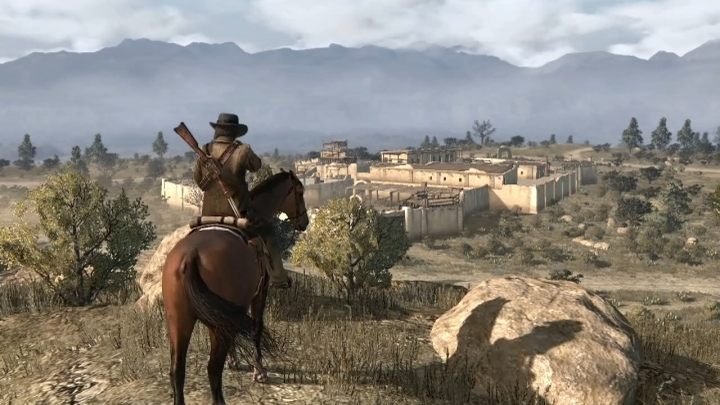
Sin #5 – empty worlds
Nailed it: Grand Theft Auto V (I’m repeating myself, I know)
Blew it: Metal Gear Solid V, Saints Row IV
Creating vast, collectible- and activity-ridden maps with minute polish takes blasphemous amounts of money. The bigger the sorrow when the fruits of long months of work and effort get spoiled because the developers ignored a single often forgotten but very important element – making this world seem to be living along with us.
That’s what blew in the face of the new MGS, in which the beautifully recreated Afghanistan quickly turned out to be a hollow shell, sprinkled lavishly with military checkpoints and bases but without a single civilian village (ok, there is ONE, but burned to the ground and full of enemies, not civilians). It works no better in Saints Row IV, whose Matrix-like reality is unable to sustain the impression of a living real world even for 30 seconds.
Almost any open world title has something to atone for in this department, but Rockstar’s titles are probably closest to a truly believable simulation; be it on the prairie or in an American metropolis – they can pull it off well enough for us to suspend our disbelief and become a part of a bigger, living world.
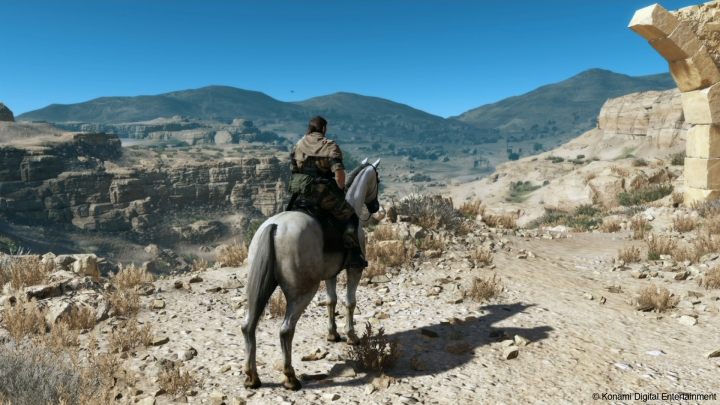
Sin #6 – entertainment rationing
Nailed it: Metal Gear Solid V, GTA III (hey, it’s not my fault that Rockstar seems to be the only company that really knows how to make it work...)
Blew it: Just Cause 3, GTA V
We must admit that this trend can be pinned on everyone in the industry, not just open-world games. Fighting games often enable us to try out all of the playable fighters from the very beginning; racing games give us all circuits and the most powerful mechanical beasts from the very beginning. And sandbox games enable us to explore the entire map... that’s right – from the very beginning.
I still remember how I waited for the moment when GTA III would allow me to reach the second, barely visible in the draw-distance, island, and the joy when I unlocked naval vehicles after I finally got there. Oh, and that pleasant surprise in MGSV when it turned out that the game world is much, much bigger than I initially thought it would be. Many developers can’t comprehend that a cake that you earn and have to wait for can taste much better than a whole plate of sweets given to you without any effort on your part .
That’s how I discovered the climatic arena for the finale of Just Cause 3 in the a span of the first few hours, after my curiosity led me to a strangely shaped island visible on the map. If not for the game scaring me off with a plethora of other sins, I would most probably last all the way to the said finale. But it would probably make much less of an impact because I had already been to the island before.
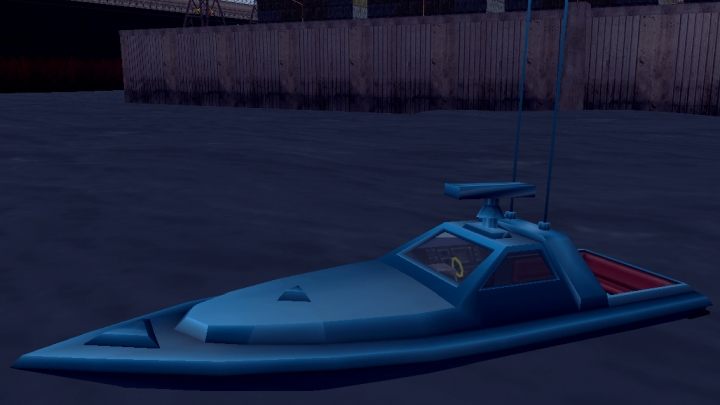
Sin #7 – too much
Blew it: Each and every sandbox that left the factory in the last several years.
All of the sins I’ve mentioned up to this point are nothing more than details that we never truly noticed across the years. It was only with the sandbox boom and mass production that started about two-three years ago that we began to notice more and more repeated patterns that have come to make us sick by now. Somebody out there thought that for a single player AAA title to be accepted, it MUST be a sandbox, and then other developers followed suit, like lemmings, leading to oversaturation.
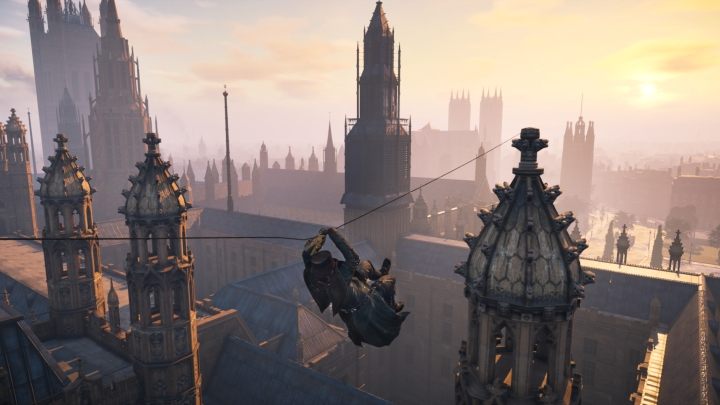
There are few AAA-segment alternatives for a solo player, and most of them are sloppily made, second-rate online modes in FPS games such as Call of Duty. Chances for a change of course in the coming years are slim. That’s why, dear devs, if we are to be condemned to sandbox actions games – let them at least be reasonably made, without endlessly repeating the mistakes of their predecessors.



















